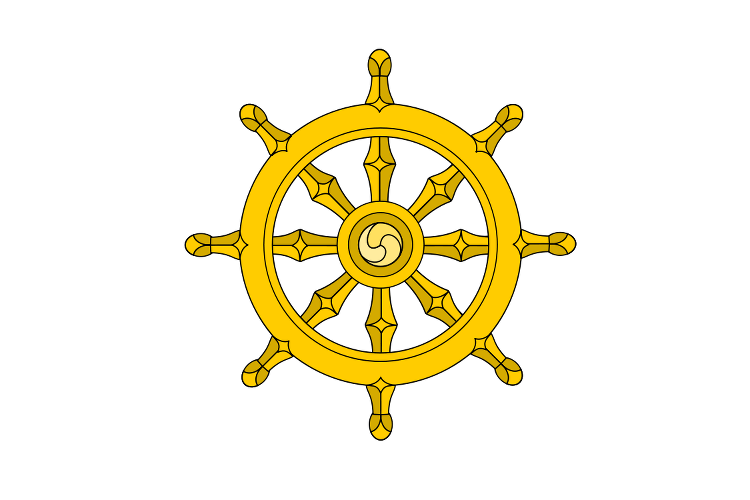 |
Tannu
Tuva Collectors' Society, Inc. APS Affiliate #235 |
PHILATELY'S ugliest DUCKLINGS
by James Negus.
We hope our readers will not be too shocked by this article. Its author, James Negus, has a facility for obtaining new information, and examining it critically. He believes in his family motto, "Nullus fumus sine igne" (No smoke without fire) as this article shows. (Originally published in The Philatelic Journal, July-September 1960.)
This article was responsible for Gibbons and Scott catalogues reversing their boycott of Tuva stamps.
It's publication could be compared to a bombshell exploding in organised philately!
For many years – until I persuaded them otherwise – Gibbons concluded their listing of Tannu Tuva with the chilly footnote: "We do not list the pictorial stamps inscribed 'Postage', 'Air Mail', and 'Registered' which appeared in 1934–36 as we are unable to obtain evidence that they saw postal service." For the 1960 edition, however, I was able to obtain recognition of two important points:
Gibbons now say in their footnote that "we nevertheless do not list these stamps" and, of course, they have a perfect right to exclude whatever they wish from their own catalogue. In these notes I am advocating that the stamps should be listed in Gibbons and Scott (they have already made the grade in Yvert, Michel, Sanabria, and Whitfield King) and I imagine that readers will be interested to know why. Why should the ugliest ducklings of philately now be rehabilitated? The short answer is that the evidence now accumulating seems to leave no alternative. Postal Service
covers still turn up. These are the type where a philatelist makes up envelopes bearing the stamps, posts them off to "The Postmaster, Kizil, Tannu Tuva," and some time later the envelopes are returned duly cancelled by that long-suffering incumbent of Tuva's main Post Office. A favourite pre-war pastime also seemed to be to forward money to Kizil and ask for a cover to be posted in return. This was frequently successful. Mr C. Whitfield King, for example, quoted in the Philatelic Magazine of 2nd April 1937 (vol. 39, p. 285) the case of "a lady who addressed a remittance to the postmaster at Kizil, with the request that a cover should be posted to her franked with the requisite stamps." In due course such a cover arrived – it is illustrated in the article mentioned – and bore two single 20 kop. stamps of the 1936 Jubilee series (Yvert 74, Mirr 88) neatly cancelled "Kizil c, 3.7.36." An international reply coupon seemed to suffice also. Mr. Stuart Liebman, of California, told how the Kizil Postmaster obliged him with a cover, postmarked Kizil c, 29.6.37, on receipt of a coupon (Western Stamp Collector, 12th June 1954). The cover in question is illustrated at Fig. 3. Parallel with the efforts of individual collectors, some dealers prepared envelopes in larger quantities as a means of obtaining Tuvan issues cancelled on cover. The enterprise of a Dutch dealer is illustrated at Fig. 4, with one cover from an identical batch bearing complete sets of the 1935 Zoological series. The cancellation is Kizil a, 21.3.39.
|
TTCS Main page | Map | Contact | Covers | Classic Tuva stamps | Recent stamps | Want to join?

